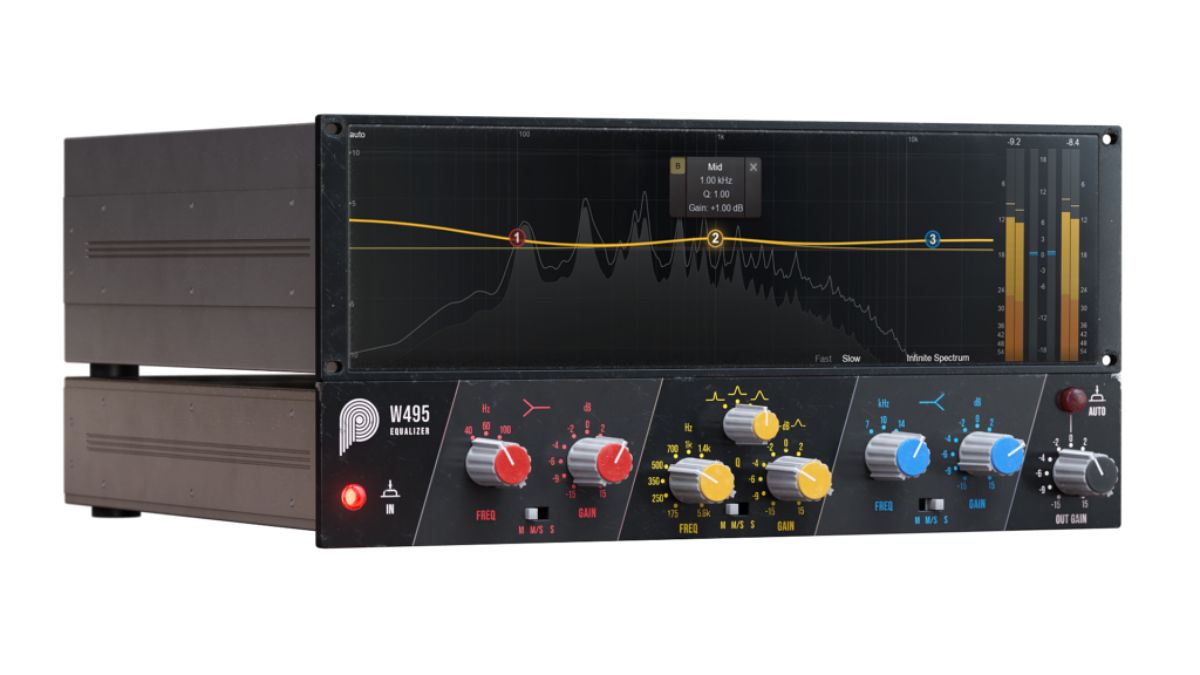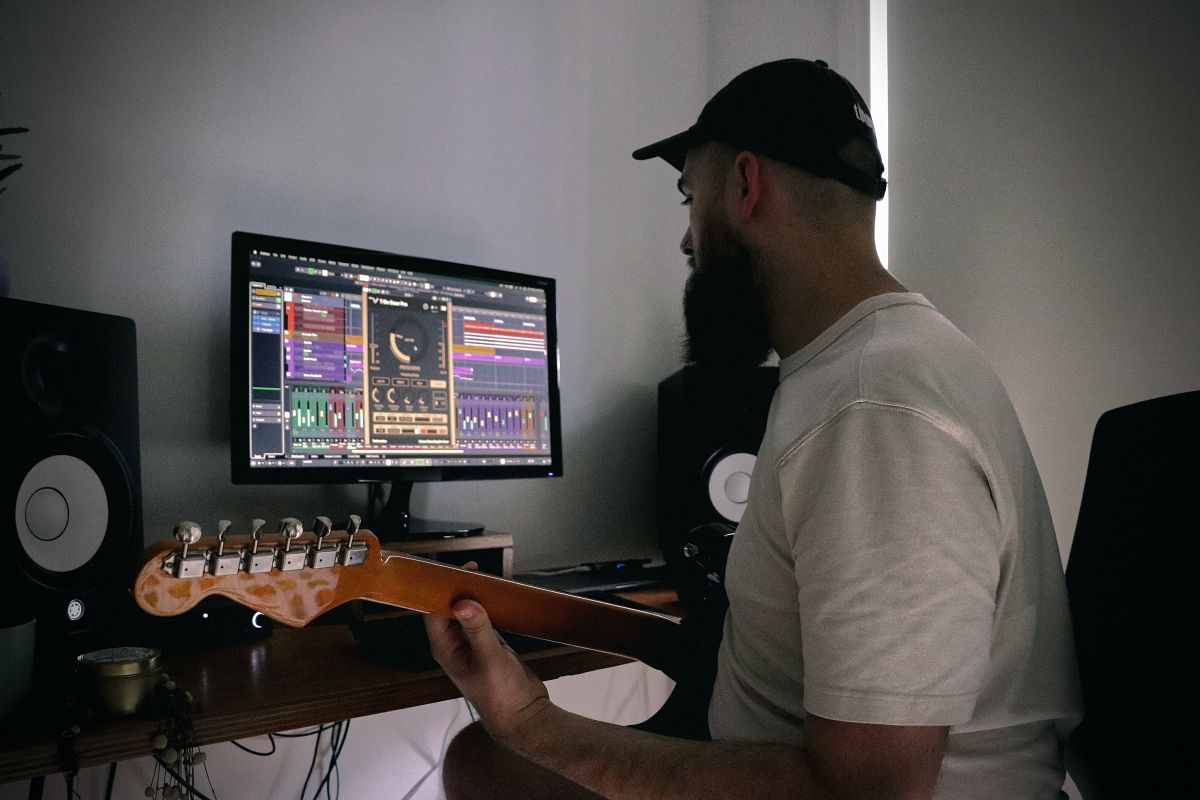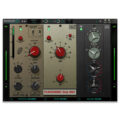An audio equalizer, often abbreviated as EQ, is a tool used in audio processing to adjust the balance of frequencies in an audio signal. It allows users to modify the amplitude (volume) of specific frequency bands within the audio spectrum, which can enhance or diminish certain elements of the sound, such as bass, midrange, or treble frequencies.
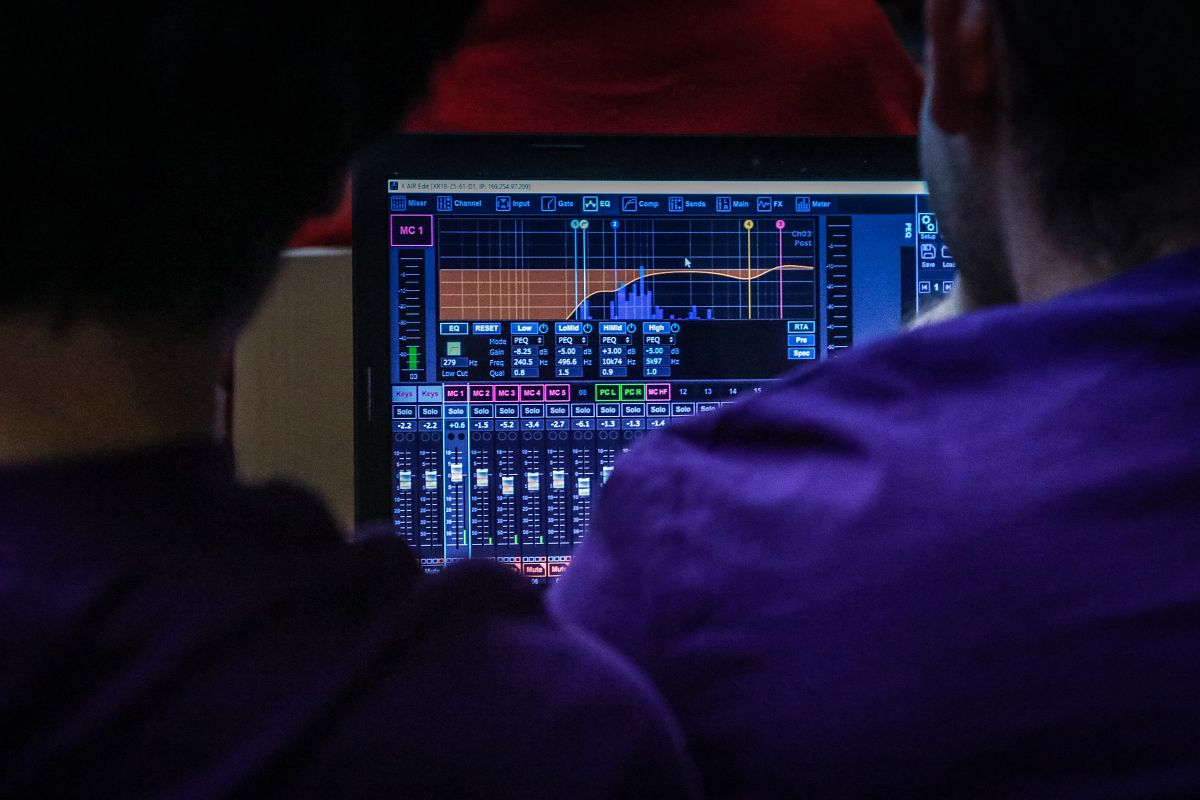
Contents
How to Use an Audio Equalizer
To use an audio equalizer effectively, follow these steps:
Select an Equalizer
Depending on your needs, you can use a hardware EQ unit or software EQ plugins within audio editing software.
Understand the Controls
Familiarize yourself with the EQ's controls, including frequency bands (e.g., bass, midrange, treble), gain (amplitude adjustment), and bandwidth (width of the affected frequency range).

Listen to the Audio
Play the audio source you want to adjust through the EQ.
Identify Problem Frequencies
Listen carefully and identify any frequency ranges that need adjustment. For example, if the bass is too pronounced, you may want to reduce the low frequencies.
Adjust Frequency Bands
Use the EQ controls to boost or cut specific frequency bands to achieve the desired tonal balance.
Fine-Tune
Continuously listen to the audio while making adjustments. Small tweaks can make a significant difference in the sound.
Save Presets
If your EQ allows it, save presets for different audio sources or scenarios for easy recall.
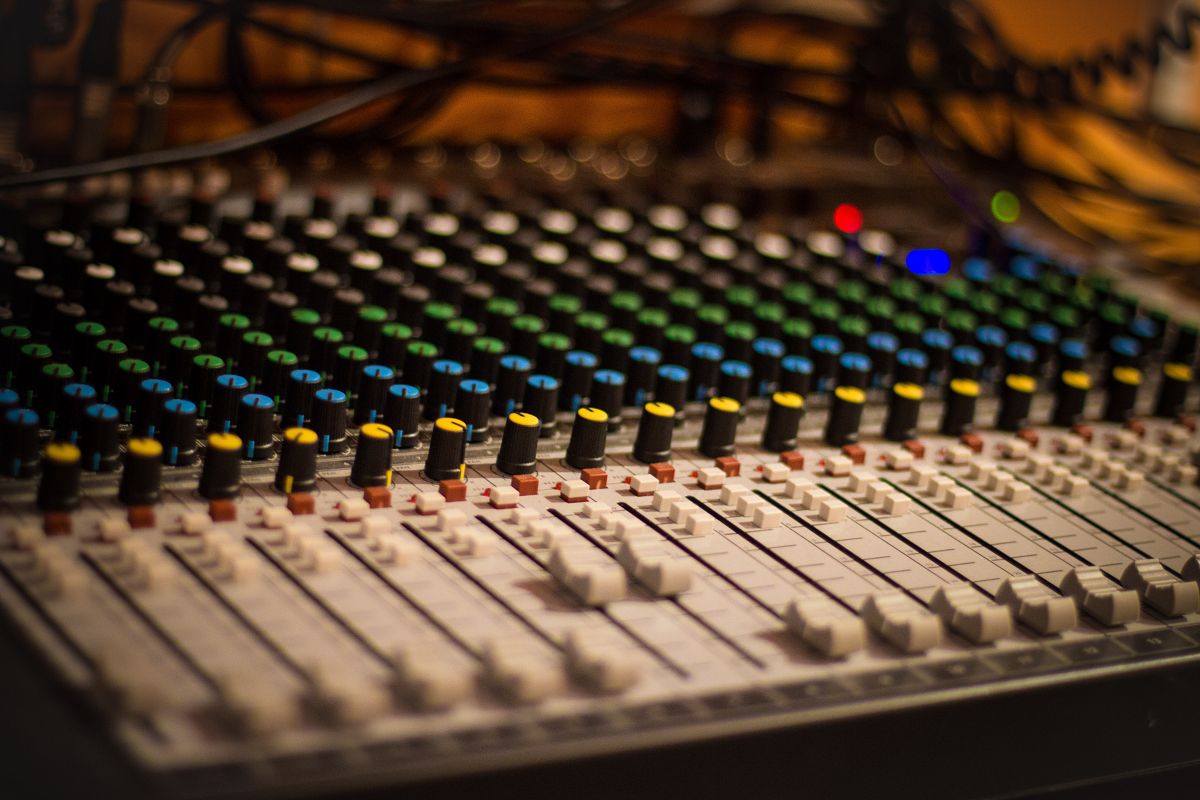
Key Uses of Audio Equalizers
Tonal Balance Control
Adjust the balance between bass, midrange, and treble frequencies to suit your preferences or the audio context.
Room Correction
Correct acoustic deficiencies in a room by equalizing the audio output to compensate for unwanted resonances or absorption.
Instrument Equalization
Enhance or modify the sound of individual musical instruments during recording or live performances.
Voice Processing
Improve the clarity and warmth of spoken words in podcasts, voiceovers, or recordings.

Types of Audio Equalizers
Graphic Equalizer
Provides a set of sliders for different frequency bands, allowing users to visually adjust the amplitude of each band.
Parametric Equalizer
Offers more precise control with adjustable parameters such as center frequency, gain, and bandwidth for each band.
Shelving Equalizer
Adjusts all frequencies above or below a certain cutoff point, typically used for boosting or cutting bass or treble.
Graphic Parametric Equalizer
Combines the features of graphic and parametric equalizers, offering both visual and precise control.
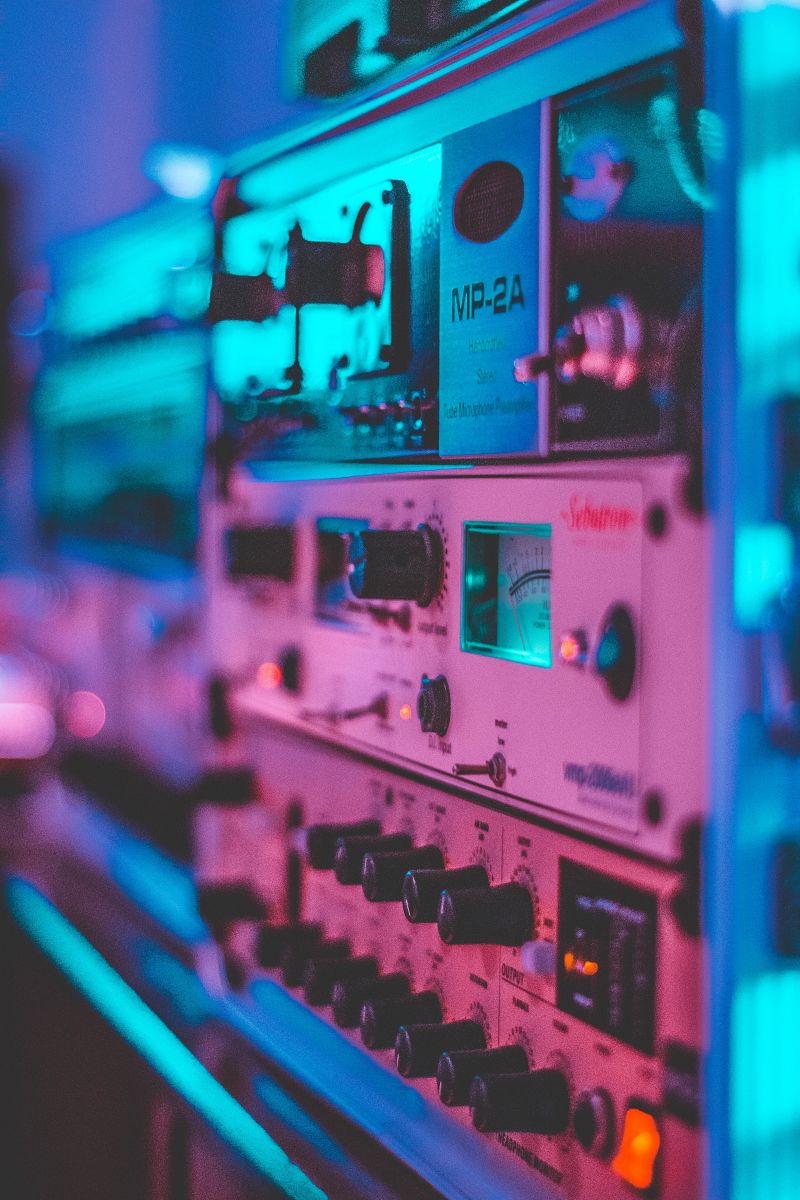
Famous EQ Hardware and Plugins:
Hardware EQs
Neve 1073 EQ: Known for its warm and colorful sound.
API 550A EQ: A classic in analog recording with a unique character.
SSL G-Series EQ: Used in many high-end mixing consoles, known for its clarity.
Software EQ Plugins
FabFilter Pro-Q: Offers a versatile parametric EQ with a user-friendly interface.
Waves SSL G-Equalizer: Emulates the iconic SSL EQ in software form.
Universal Audio Neve 1073 EQ: Recreates the classic Neve EQ as a plugin.
These hardware and plugin EQs are popular choices among audio professionals for their sound quality and versatility in shaping audio signals.
